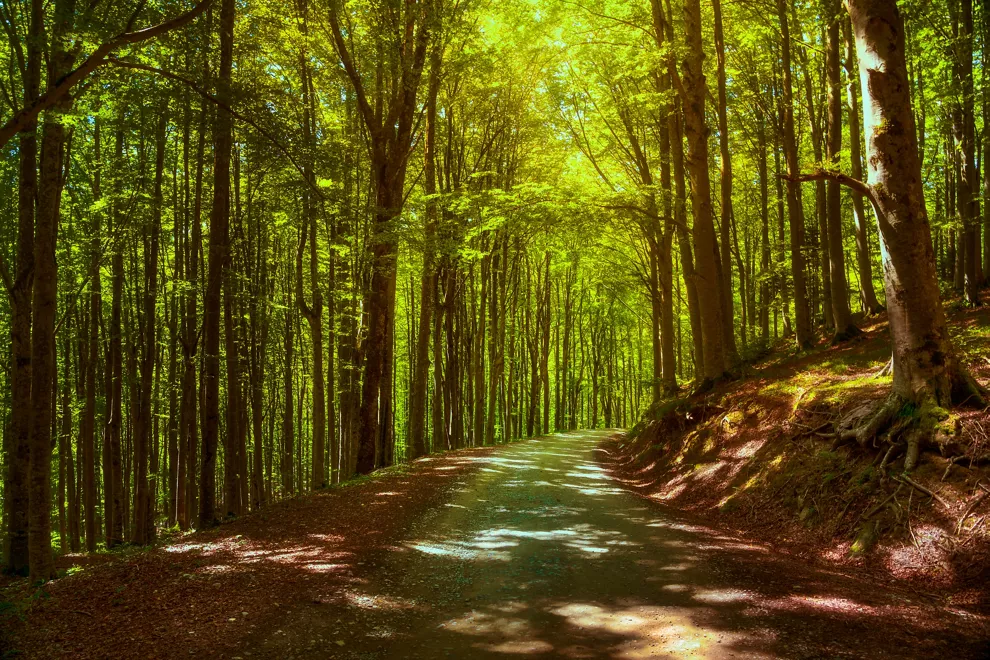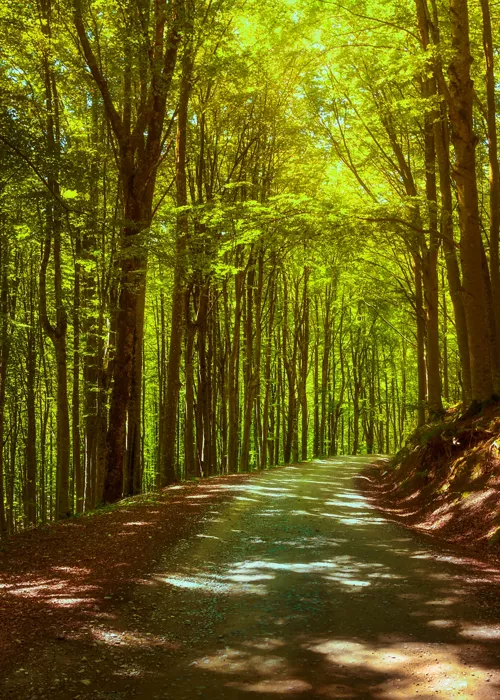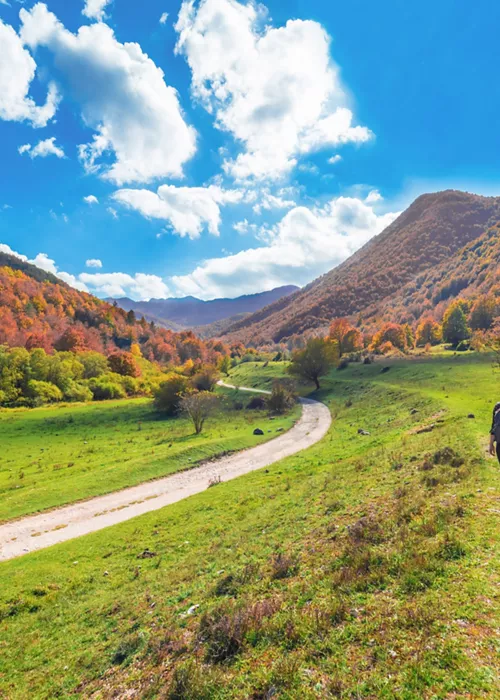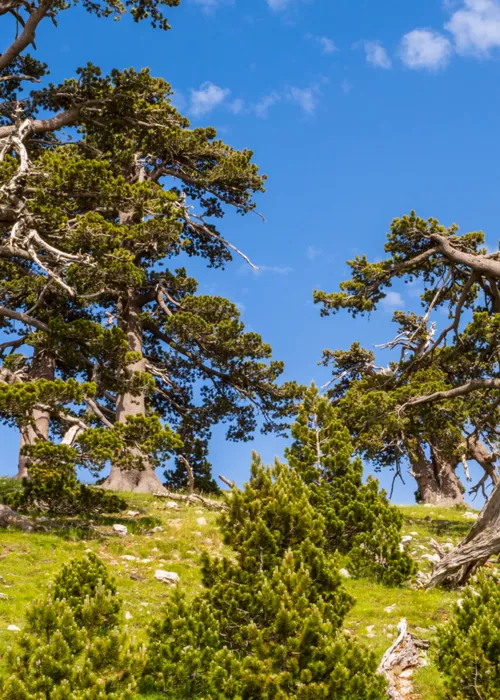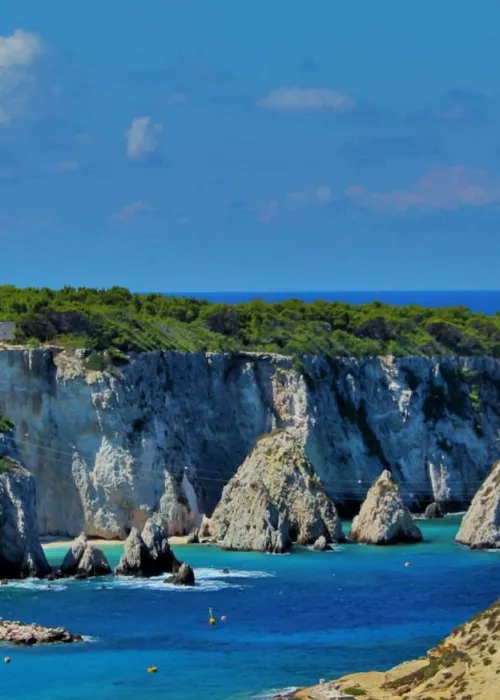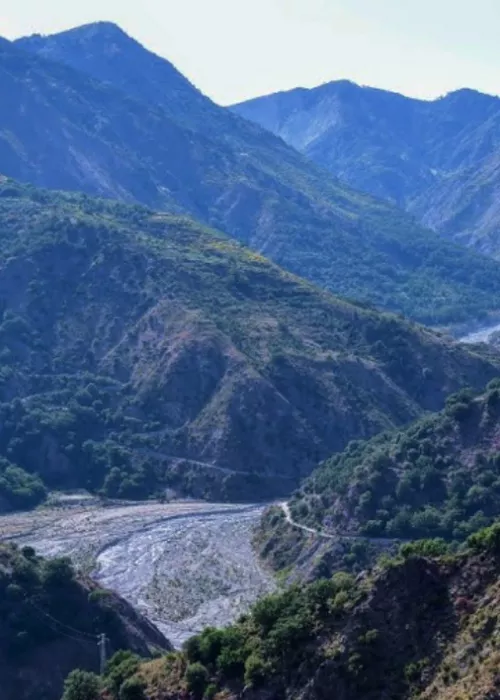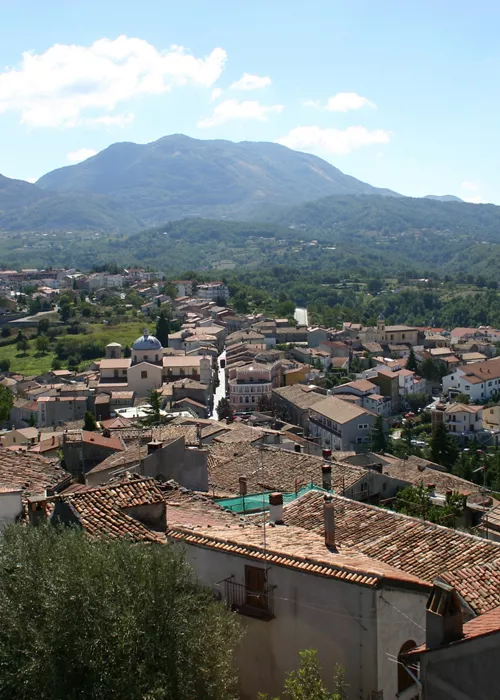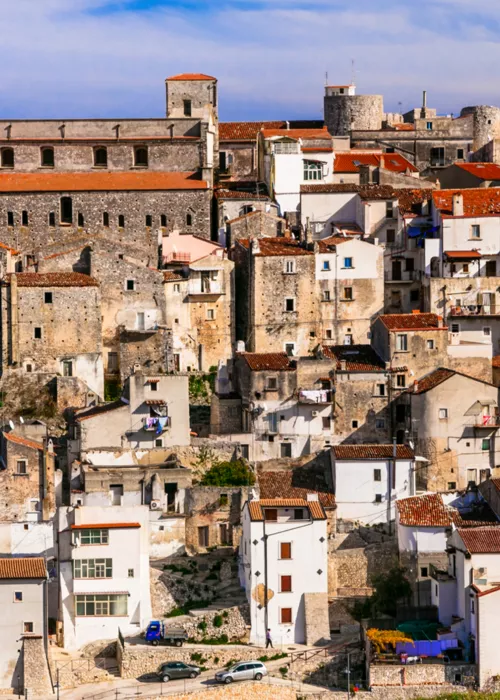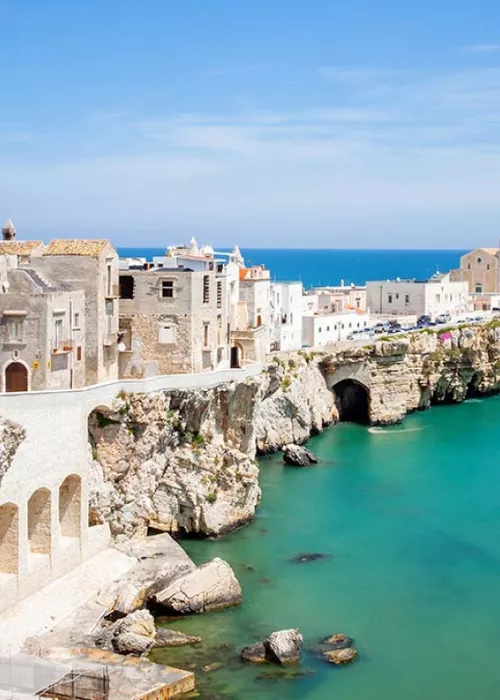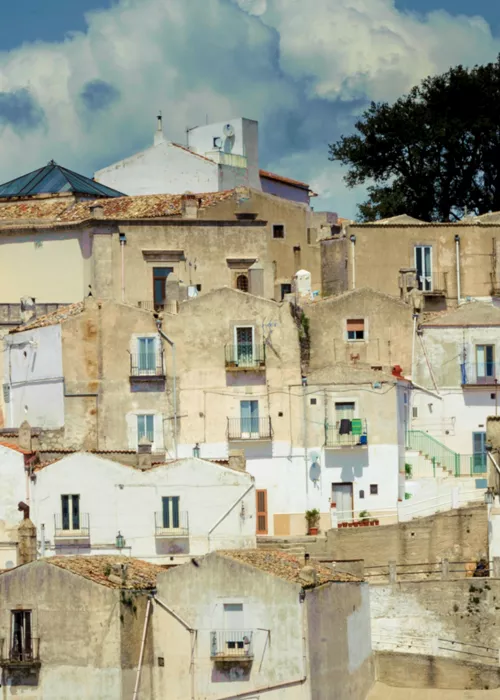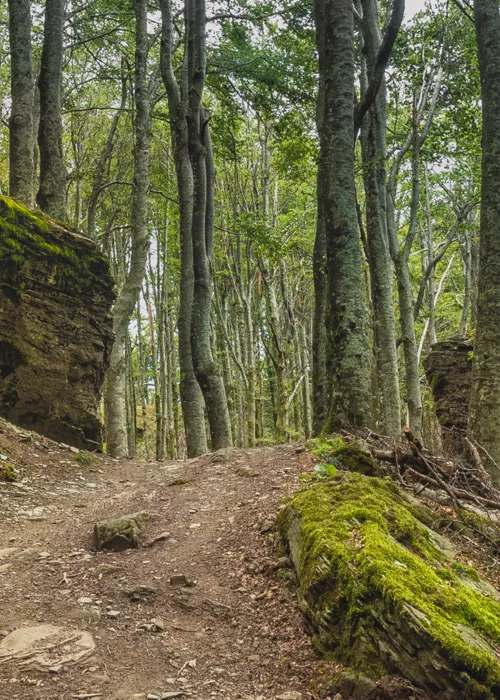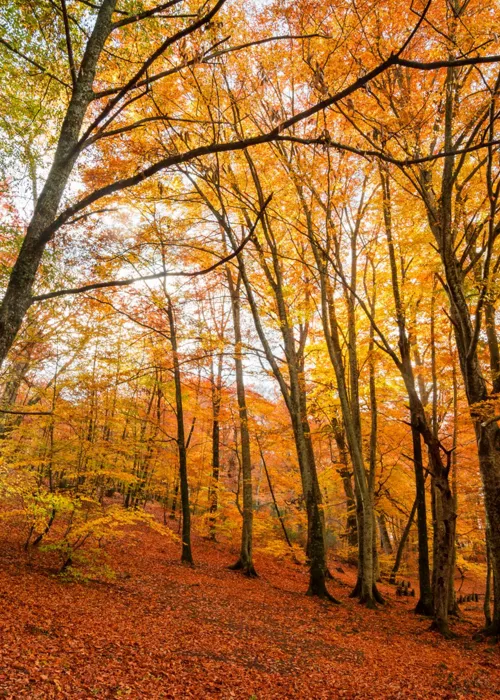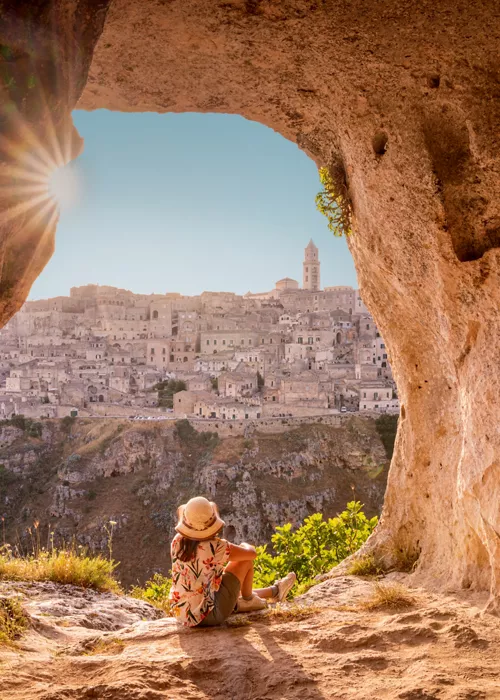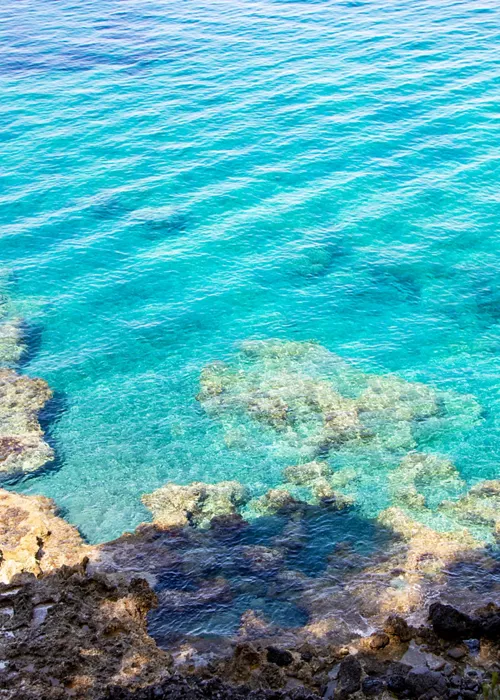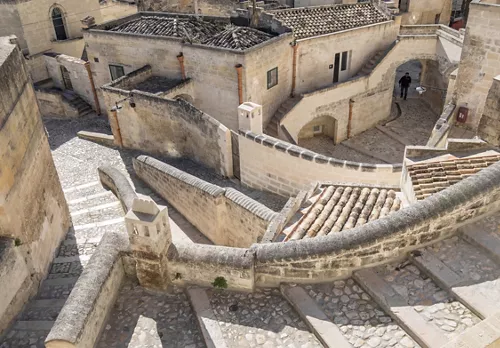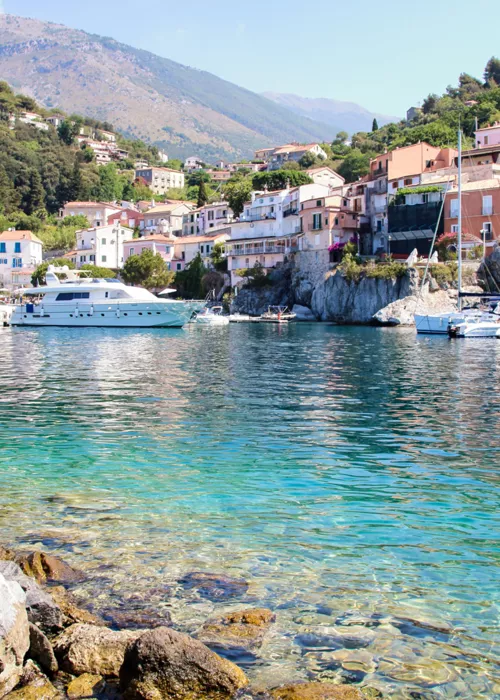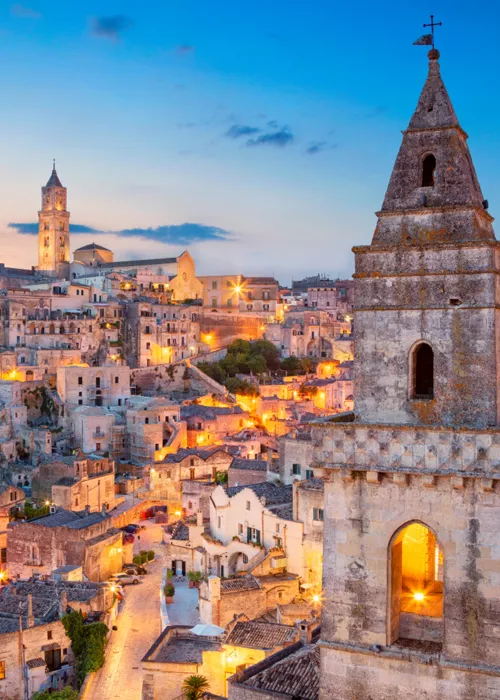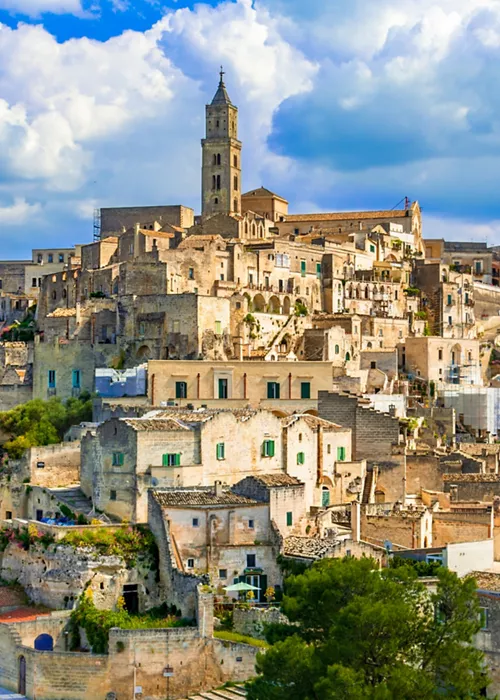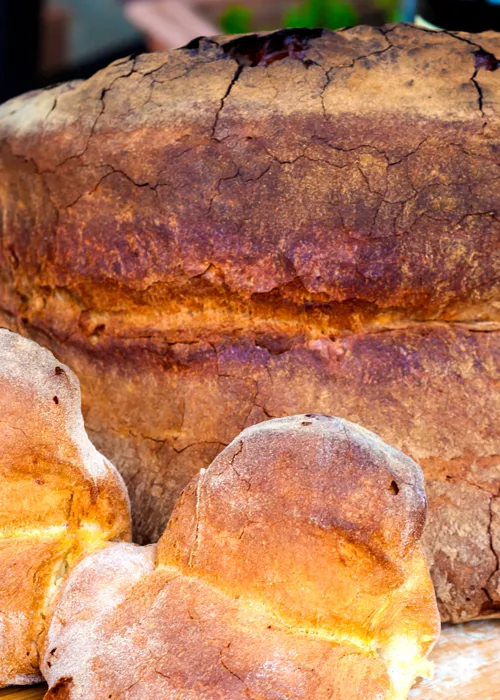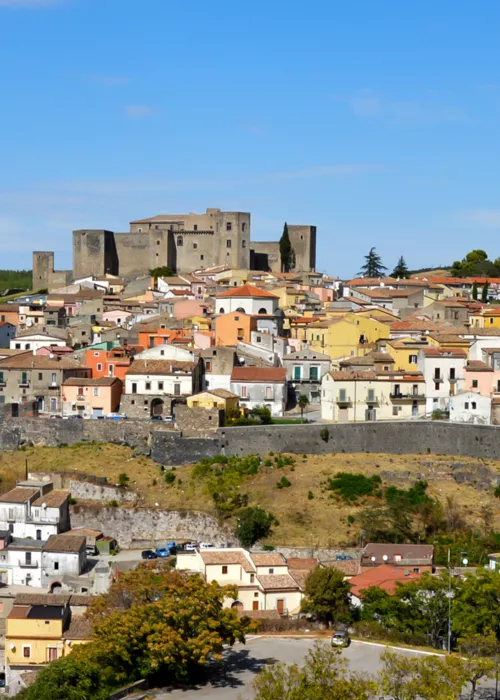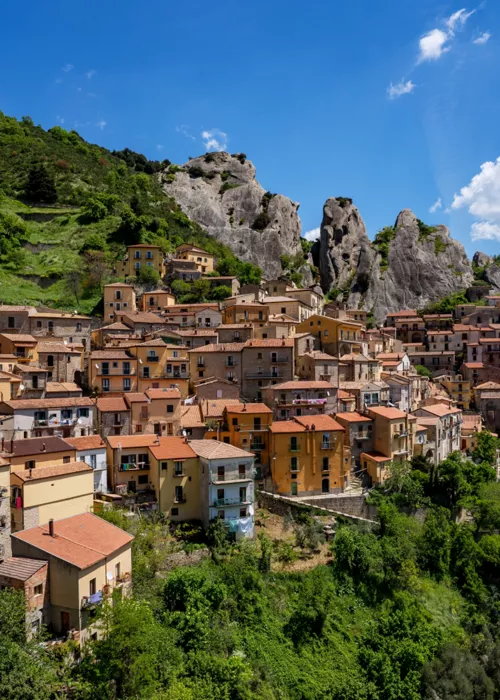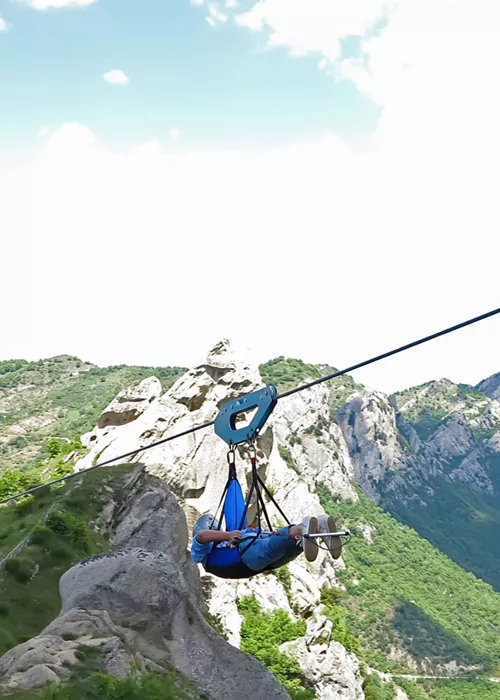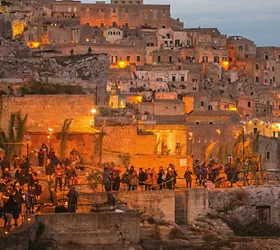The ancient Italian beech forests, primeval forests and a temple of nature
3 minutes
Stretching from Emilia Romagna to Basilicata, they belong to the transnational Ancient and Primeval Beech Forests of the Carpathians and Other Regions of Europe.
These precious ancient beech forests spread across the Apennines represent a true journey through history: they date back to the end of the last Ice Age, after which they spread across the globe, offering an exploration immersed in pristine nature.
What the Ancient Italian Beech Forests are and where they are located
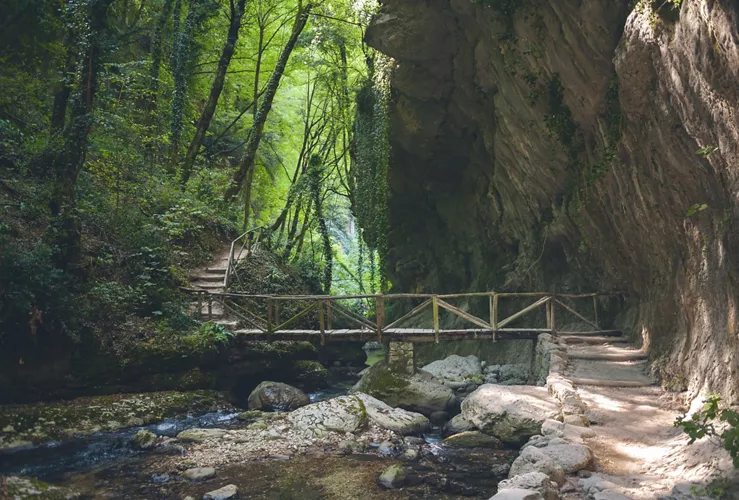
Ancient beech forests are primeval beech forests that have changed very little over the centuries, because they are preserved in areas that are difficult to reach and because beech trees easily adapt to diverse climatic and geographical conditions. Among the various specimens, there are beech trees over 500 years old.
Integral nature reserves such as the Sasso Fratino nature reserve and the protected area of the Abruzzo, Lazio and Molise National Park are an incredible example of ecological and biological uniqueness.
History and information on the Ancient Beech Forests
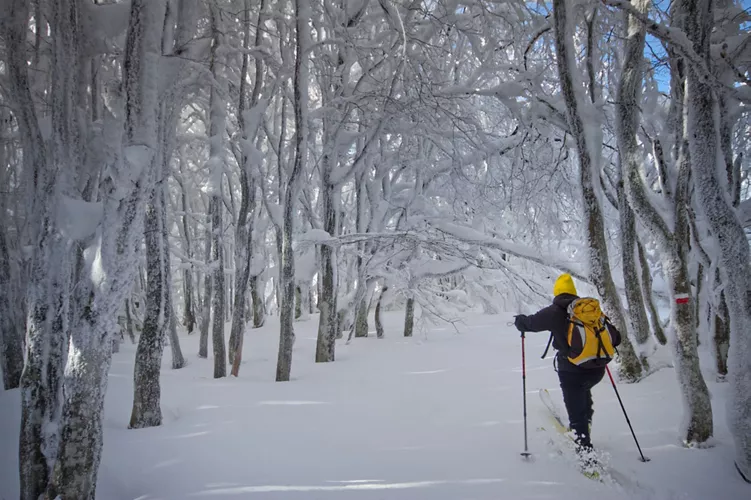
The Ancient and Primeval Beech Forests of the Carpathians and Other Regions of Europe date back to the end of the last Ice Age, starting in a few isolated areas in the Alps, the Carpathians and the Pyrenees, before spreading throughout Europe, from Scandinavia to southern Italy in just a few centuries.
Why the Ancient Beech Forests are a UNESCO World Heritage Site
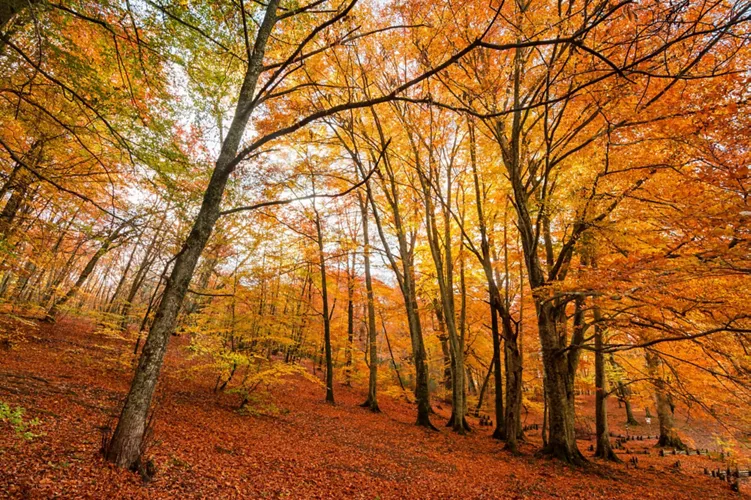
The UNESCO European beech forests extend across 18 countries: Albania, Austria, Belgium, Bosnia and Herzegovina, Bulgaria, Croatia, Germany, France, North Macedonia, Poland, Czech Republic, Romania, Slovakia, Slovenia, Spain, Switzerland, Ukraine and Italy.
There are 13 Italian forests on the list: Valle Cervara, Selva Moricento, Coppo del Morto, Coppo del Principe and Val Fondillo, in the Abruzzo, Lazio and Molise National Park; Cozzo Ferriero and Pollinello, in the Pollino National Park; Falascone and Pavari-Sfilzi in the Umbra Forest, in the Gargano National Park; Monte Cimino (Viterbo); Monte Raschio (Oriolo Romano, Viterbo) and Sasso Fratino, in the Casentinesi Forest National Park; and Valle Infernale in the Aspromonte National Park.
These ancient wonders feature on the list as an outstanding example of a complex cultural landscape, with a broad spectrum of ecological patterns and various types of beech trees that have grown under different environmental conditions.
The European beech tree has withstood every glacial period over the last million years, surviving all adverse weather conditions: these forests tell the story of the climate and human history in recent centuries.
The most beautiful places to visit in the Ancient Beech Forests: 5 unmissable stops
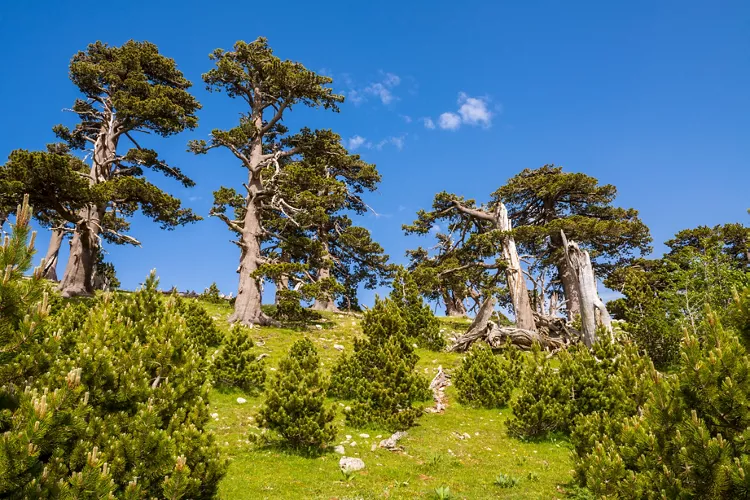
Exploring the Ancient Beech Forests is the ideal opportunity to rediscover history through the resilience of pristine nature.
The first stop to best explore them has to be the Pollino National Park, with the ancient beech forest of Cozzo Ferriero in Rotonda, near the border between Basilicata and Calabria. In this area, you can admire monumental 500-year-old beeches in the southernmost beech forest in Europe.
In Apulia, within the Gargano National Park, the Umbra Forest extends between Vico del Gargano, Vieste and Monte Sant'Angelo. It hosts beech, oak, turkey oak, maple and holm oak.
An excursion to Sasso Fratino, in the National Park of the Casentinesi, Monte Falterona and Campigna Forests in Emilia Romagna, is a must, as it is the first Integral Nature Reserve in Italy, established to preserve one of the few strips of forest that have remained intact due to the almost total lack of access and the rugged slopes. It is one of the oldest deciduous forests in the Northern Hemisphere, with beech trees over 500 years old. You can’t access the Reserve itself, but you can explore the surrounding area.
The Monte Cimino beech forest, in Soriano nel Cimino, Lazio, extends over an ancient volcano and is packed with majestic 40-metre-high beech trees. The shelter provided by these large trees promotes the presence of wild animals such as hedgehogs, hares, dormice, wild boar and wild cats, as well as birds of prey and woodpeckers.
Also in Lazio, in the Bracciano-Martignano Regional Natural Park, is the Monte Raschio Vetusta beech forest, at a lower altitude than the other beech forests and with volcanic soil.

